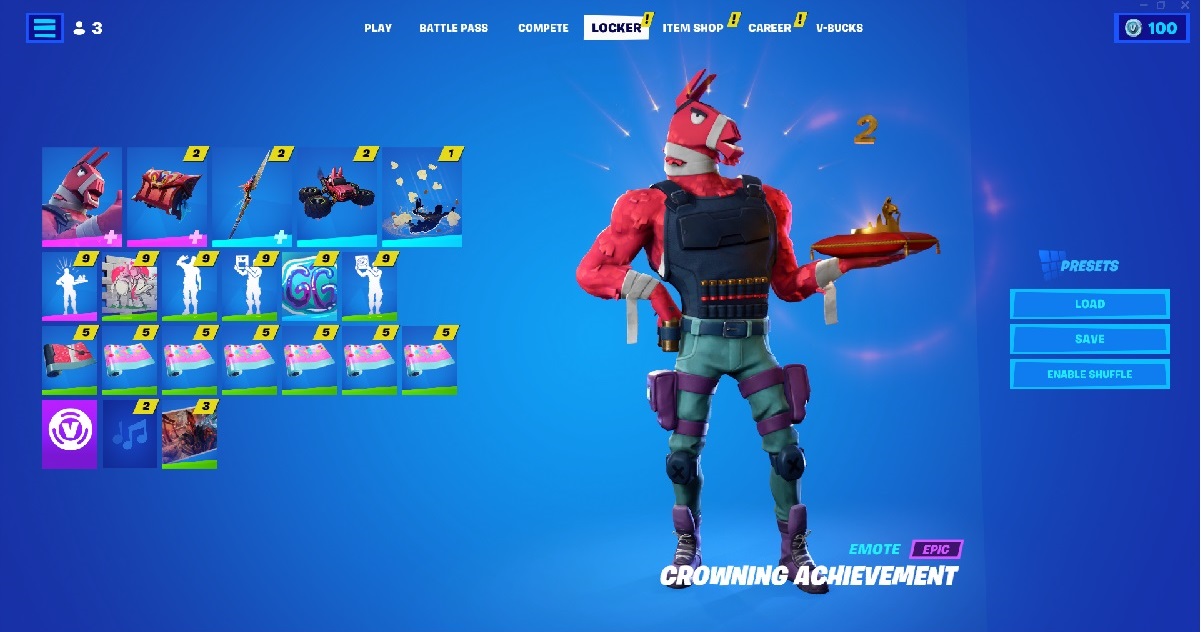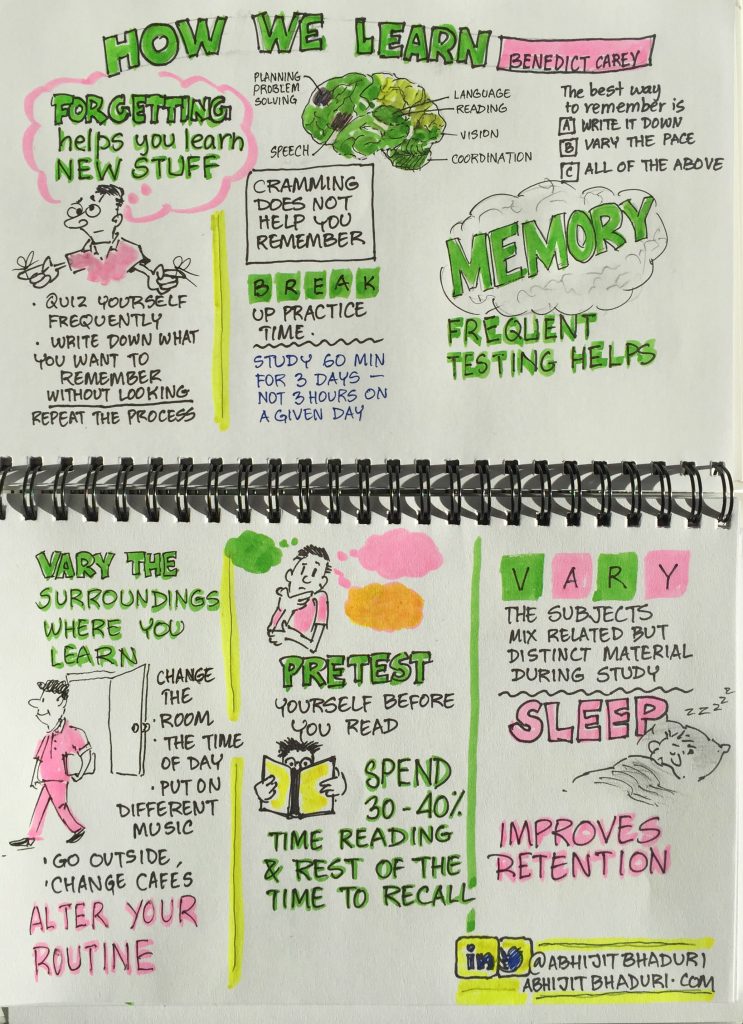Have you ever found yourself feeling like you really understood something, only to realize later that your understanding was limited or incomplete? If so, you’re not alone. This tendency to overestimate our own understanding is known as the “knowledge illusion,” and it’s a topic that’s explored in depth in the book The Knowledge Illusion: Why We Never Think Alone by Steven Sloman and Philip Fernbach.
“We think we know much more than we do and that we do much more of the thinking ourselves than we actually do. We are highly dependent on other people and external resources, and we are often unaware of this dependence,” explains the authors.
But what might have caused this illusion of understanding? One possibility is the concept of the “will to knowledge” discussed by 19th-century German philosopher Arthur Schopenhauer. According to Schopenhauer, the “will to knowledge” is a driving force behind the human desire to understand the world and ourselves. However, Schopenhauer also believed that true knowledge is ultimately unattainable, as it requires us to understand the world as it really is, independent of our own subjective experiences and perspectives. As Schopenhauer put it, “The subject knows only its own appearances, not the things themselves.” This means that our attempts to understand the world are ultimately limited by our own subjectivity.
This idea connects to the “knowledge illusion” in that it suggests that our understanding of the world is necessarily limited by our own subjectivity and that we may overestimate our own understanding as a result. The concept of “cognitive outsourcing” discussed in The Knowledge Illusion, in which we rely on external resources such as books, the internet, and other people to help us think and make decisions, can be seen as a way of trying to overcome this subjectivity and gain a more objective understanding of the world.
So, what can we do to combat the “knowledge illusion” and make better decisions? One solution is to be aware of our own limitations and biases and to actively seek out diverse perspectives. “When we seek out diverse perspectives, we are more likely to discover what we don’t know and to correct for the biases and errors in our thinking,” explains the authors. By recognizing that our understanding is necessarily limited by our own subjectivity, we can be more open to learning from others and more likely to discover what we don’t know.
As Schopenhauer wrote, “All truth passes through three stages. First, it is ridiculed. Second, it is violently opposed. Third, it is accepted as being self-evident.” By being open to diverse perspectives and acknowledging the limitations of our own understanding, we can move closer to a more accurate and complete understanding of the world.










